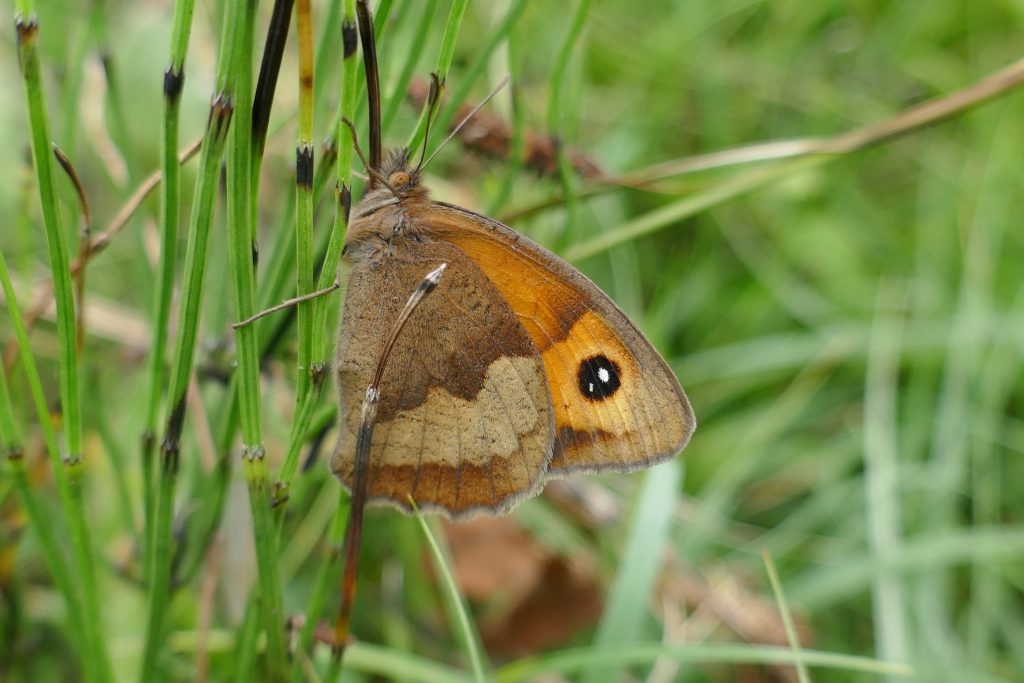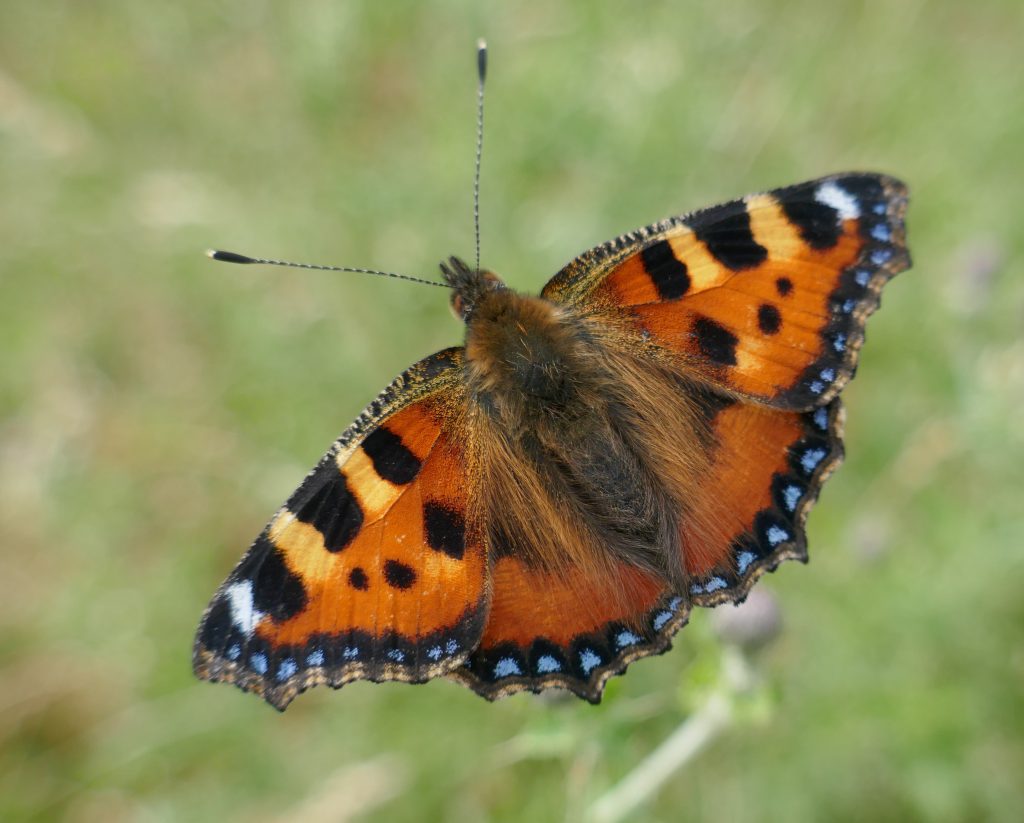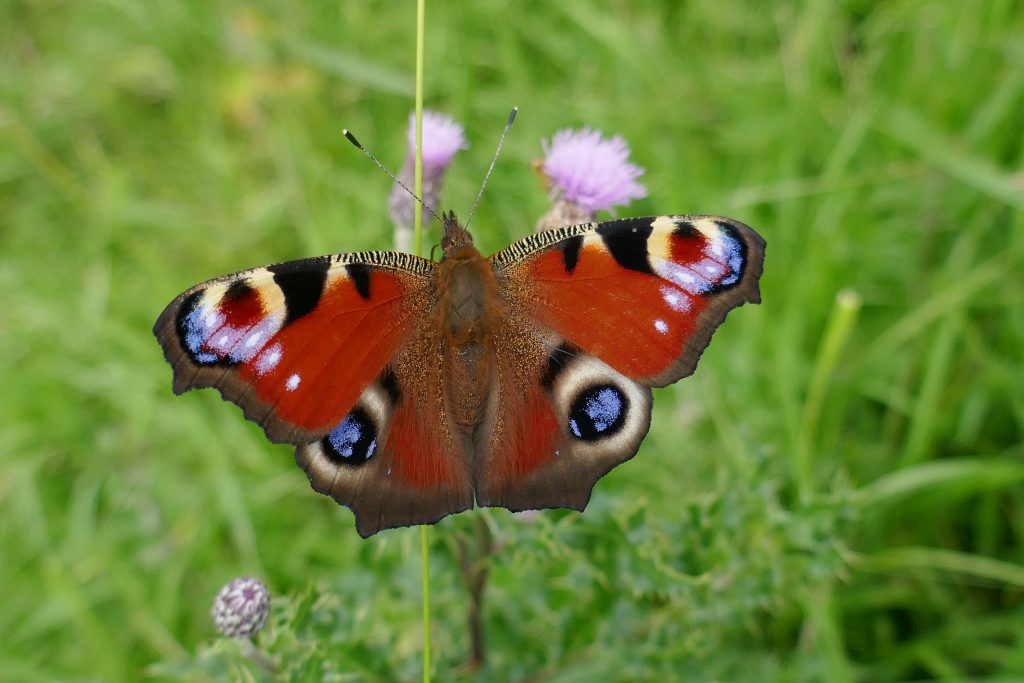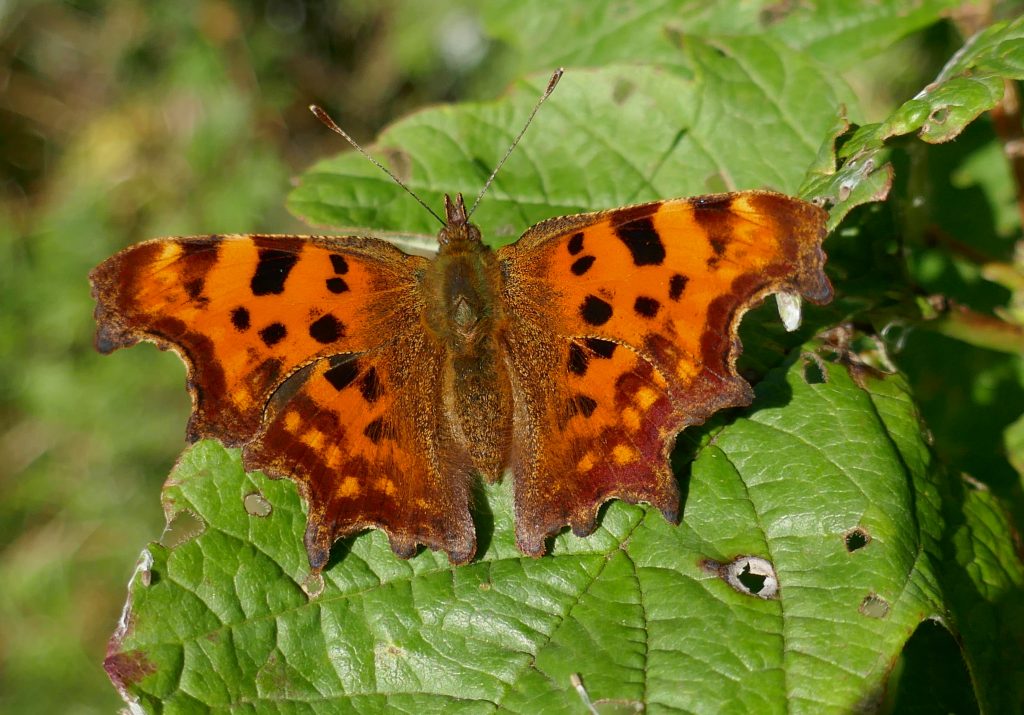As a species with a large brain and extraordinary imagination, we often believe we can do anything. We landed on the moon, explored Mars, developed answers to diseases that have killed people for thousands of years, and increased human lifespans at an extraordinary rate. In 1900, the average life expectancy in the UK was 48. Today it is 81.92 years. My great-grandfather died at age 31. I can expect to live 51 years longer. We produce enough food to feed 10 billion people. We can, it appears, achieve anything.
Man can be forgiven for hubris. The record of achievement is phenomenal. There is nothing bigger than us. All other life forms appear to be under our control. We are masters of our planet.
But planet Earth is a complex place with systems we interfere with at our peril. A key system that regulates our climate and distributes nutrients is the Atlantic Meridional Overturning Circulation (AMOC).
The AMOC circulates water from north to south and back in a long cycle within the Atlantic Ocean. This circulation brings warmth to various parts of the globe and carries nutrients necessary to sustain ocean life.
The circulation process begins as warm water near the surface moves toward the poles (such as the Gulf Stream in the North Atlantic), where it cools and forms sea ice. As this ice forms, salt is left behind in the ocean water. Due to the large amount of salt in the water, it becomes denser, sinks, and is carried southwards in the depths below. Eventually, the water gets pulled back up towards the surface and warms up in a process called upwelling, completing the cycle.
The entire circulation cycle of the AMOC, and the global conveyor belt, is quite slow. It takes an estimated 1,000 years for a parcel (any given cubic meter) of water to complete its journey along the belt.
This system was turned off during the last Ice Age. Now there is evidence that pre-history may be repeating itself.
Susanne Ditlevsen and her brother Peter Ditlevsen, issued a stark warning in their 2023 paper, “Warning of a forthcoming collapse of the Atlantic meridional overturning circulation”. Their paper predicts a tipping point, to occur in 2057.
The AMOC has only been monitored continuously since 2004 through combined measurements from moored instruments, induced electrical currents in submarine cables and satellite surface measurements. Over the period 2004–2012, a decline in the AMOC has been observed.
The threat to AMOC is climate warming. The rising temperatures are causing ice in the North Atlantic region to melt, adding fresh water to the North Atlantic. This decreases the salt content as the current reaches the North Atlantic. This makes the water less dense. This means the water will eventually not be pushed down (overturning circulation) to the seabed to begin its southward journey, as happens now. This means the water will not be rewarmed and will not return to the North Atlantic, to bring mild air to Northern Europe, including Ireland.
The Ditlevsens estimate an inaccurate confidence in the stability of AMOC. The Intergovernmental Panel on Climate Change (IPCC), based on the Climate Model Intercomparison Project (CMIP) model simulations suggest that a full collapse is unlikely within the 21st century. The UK Met Office agrees with the IPCC that a collapse before 2100 is unlikely. But as our future descendants would say, “That’s no good to us.”
Based on the data used by the Ditlevesens, the tipping point is nigh. 2057 is 33 years hence. While many climate scientists disagree with the Ditlevsens, nobody has been able to prove them wrong.
What are the impacts of a major slowdown in AMOC?
According to the UK Met Office, the impacts of an AMOC collapse are as follows.
An AMOC shutdown would cause cooling of the northern hemisphere, sea level rise in the Atlantic, an overall decrease in precipitation over Europe and North America, and a southwards shift in monsoons in South America and Africa. These impacts are robust and seen in many models, but their magnitude remains uncertain. Atmospheric circulation over Europe may also change, possibly causing more winter storms in Northern Europe and increasing summer rain around the Mediterranean. Impacts outside of the Atlantic region are less certain, but could affect Asian monsoons and El Nino. (Met Office, 2019)
René M. van Westen, Michael Klipphuis and Henk A. Dijkstra in their paper Physics-based early warning signal shows that AMOC is on tipping course, published in February this year (2024) gives a very stark picture of what a collapse in AMOC will bring.
The AMOC collapse dramatically changes the redistribution of heat (and salt) and results in a cooling of the Northern Hemisphere, while the Southern Hemisphere slightly warms. Atmospheric and sea-ice feedbacks, which were not considered in idealized climate models studies, further amplify the AMOC-induced changes, resulting in a very strong and rapid cooling of the European climate with temperature trends of more than 3°C per decade. In comparison with the present-day global mean surface temperature trend (due to climate change) of about 0.2°C per decade, no realistic adaptation measures can deal with such rapid temperature changes under an AMOC collapse. (Westen et al., 2024)
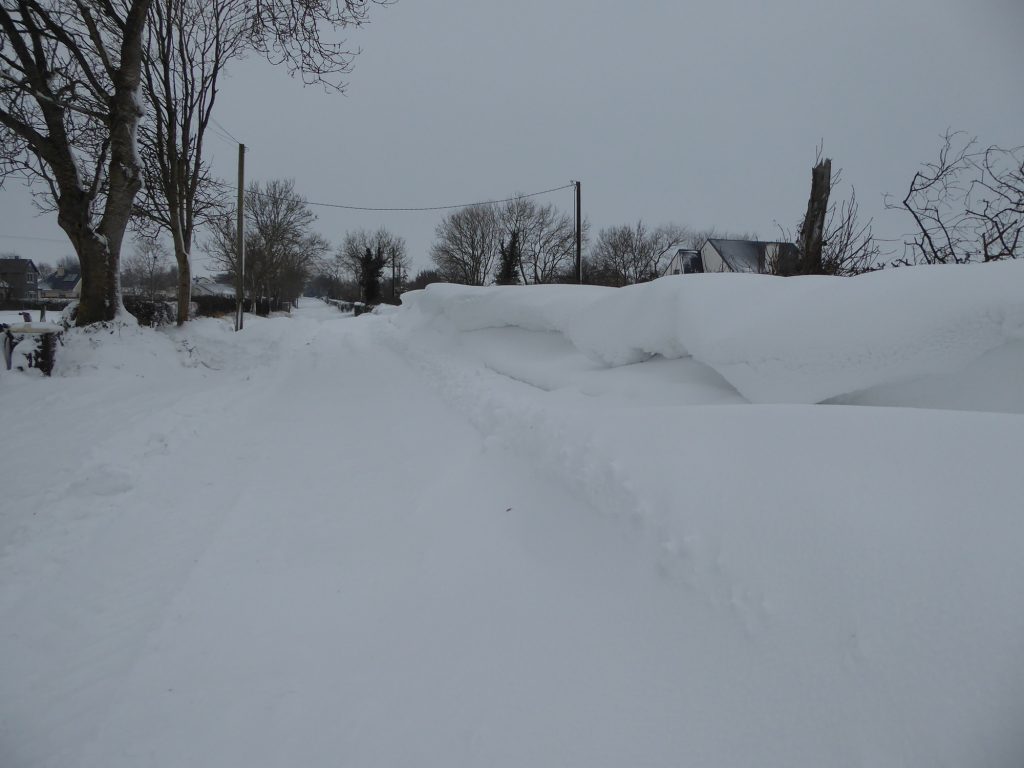
They also mapped the consequences of a collapse. Sea levels in the Atlantic would rise by a metre in some regions, inundating many coastal cities. Wet and dry seasons in the Amazon would flip, potentially pushing the already weakened rainforest past its own tipping point.
Temperatures around the world would fluctuate far more erratically. The southern hemisphere would become warmer. Europe would cool dramatically and have less rainfall. While this might sound appealing compared with the current heating trend, the changes would hit 10 times faster than now, making adaptation almost impossible.
“What surprised us was the rate at which tipping occurs,” said Dr René van Westen of Utrecht University. “It will be devastating.”
There was not yet enough data to say whether this would occur in the next year or in the coming century, but when it happens, the changes are irreversible on human timescales. “We are moving towards [collapse]. That is kind of scary,” Dr van Westen said. “We need to take climate change much more seriously.”
Declines of the magnitude of 3°C per decade point to catastrophe. Our ecosystems, already assaulted by habitat and species loss, and pollution would be altered or destroyed. We will cease to be a major producer of food. Areas of the country might be below water. The world we know now will change utterly. Is it a question of if, or when?
References
Ditlevsen, P. & Ditlevsen, S. 2023, “Warning of a forthcoming collapse of the Atlantic meridional overturning circulation”, Nature communications, vol. 14, no. 1, pp. 4254-4254.
van Westen, R.M., Kliphuis, M. & Dijkstra, H.A. 2024, “Physics-based early warning signal shows that AMOC is on tipping course”, Science advances, vol. 10, no. 6, pp. eadk1189.
Met Office 2019. Risk Management of climate thresholds and feedbacks: Atlantic Meridional Overturning Circulation Available at https://www.metoffice.gov.uk/weather/learn-about/weather/oceans/amoc (Accessed 15 September 2024)
O’Sullivan, K. (2024) Collapse of Atlantic ocean current could turn Ireland’s climate into Iceland’s The Irish Times 16 February Available at https://www.irishtimes.com/environment/climate-crisis/2024/02/16/ireland-must-prepare-for-atlantic-meridional-overturning-circulation-collapse-ff-senator-warns/


